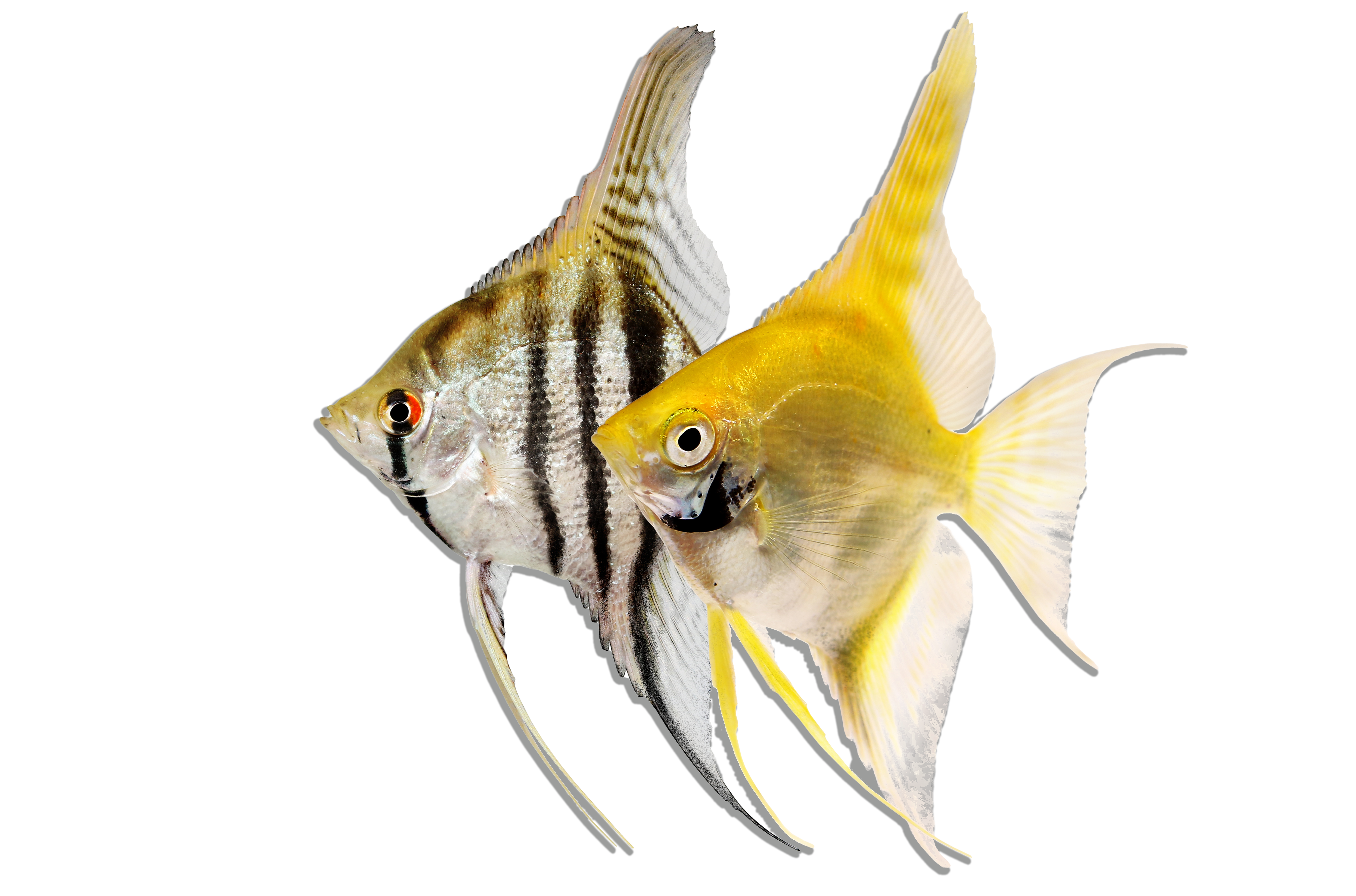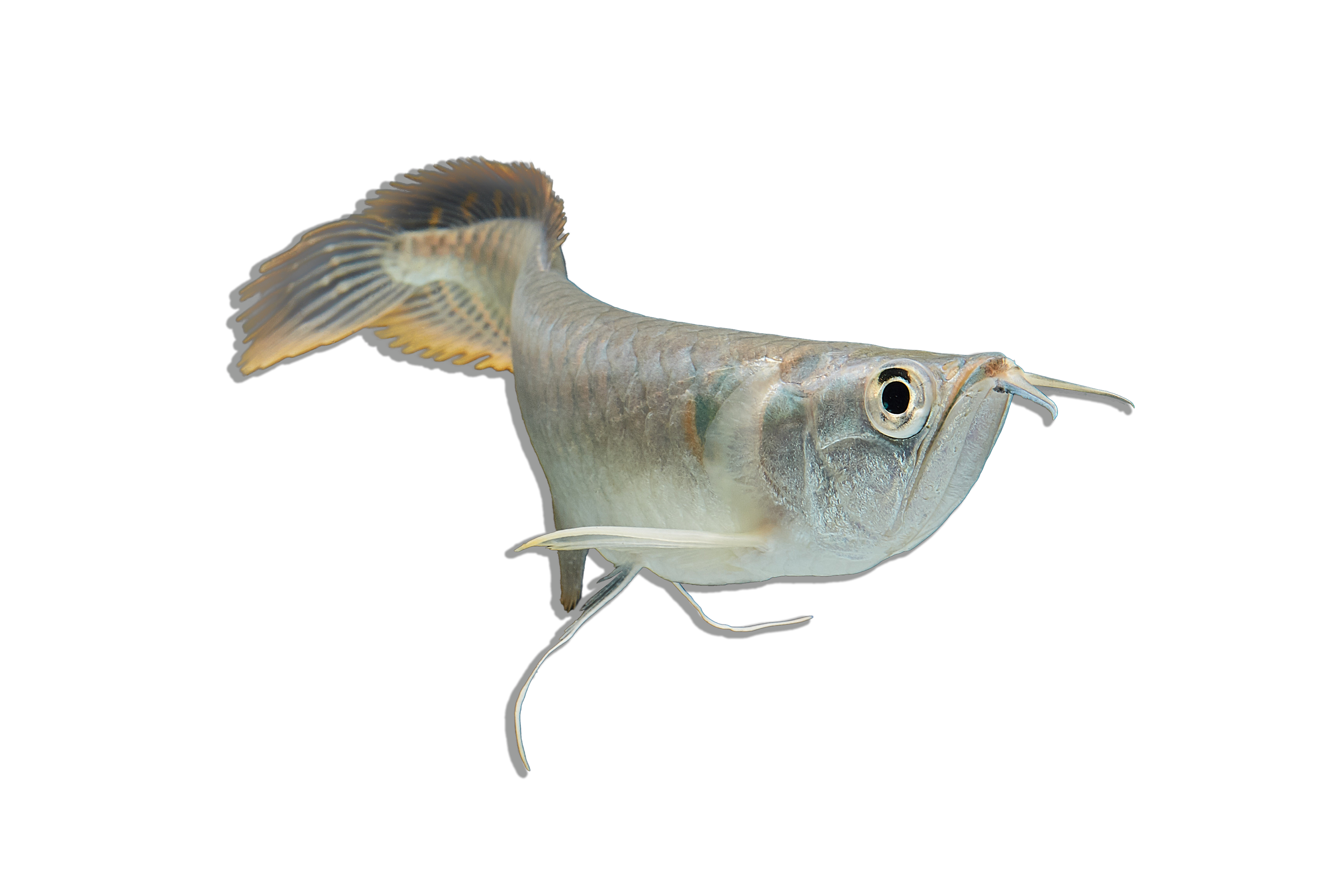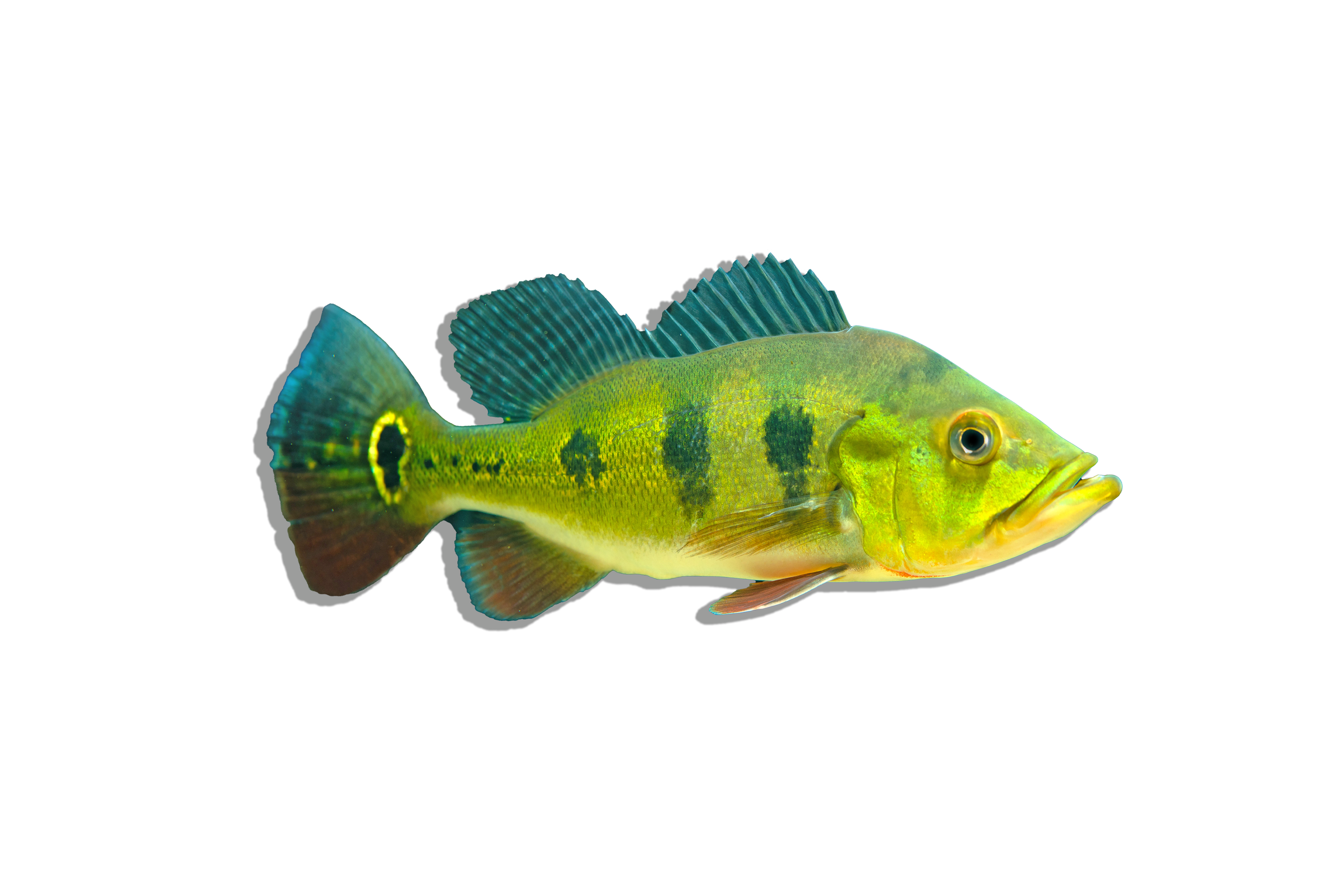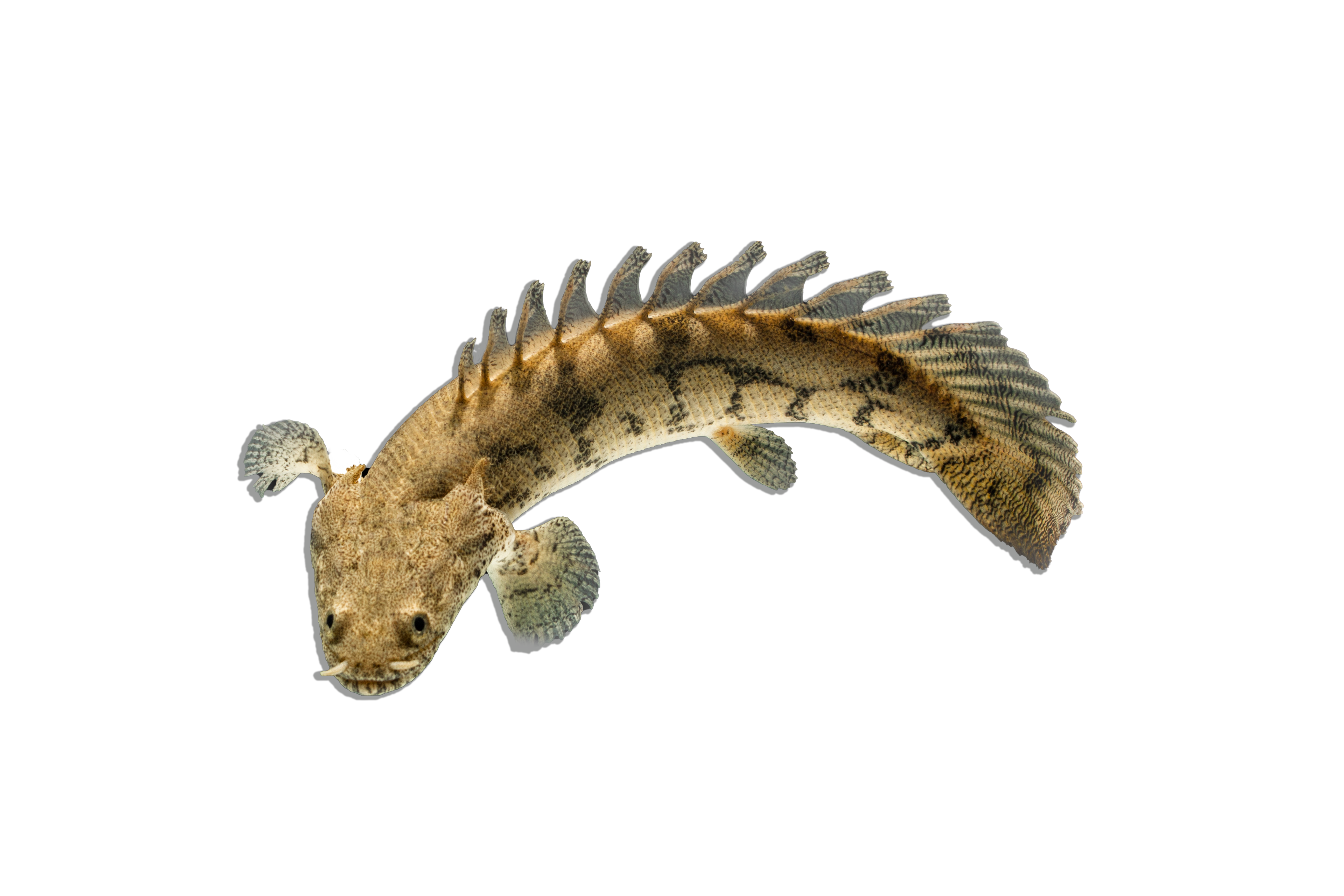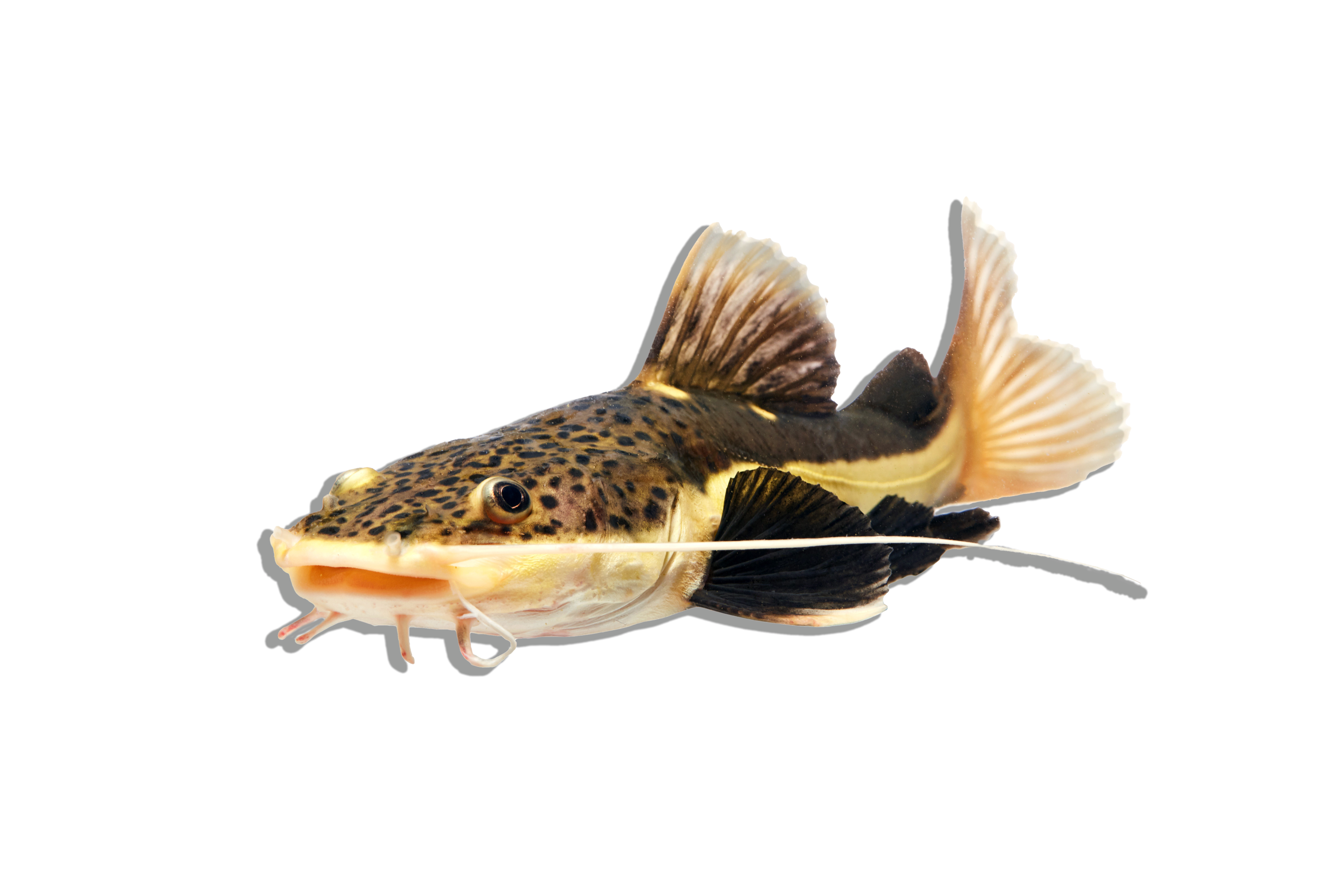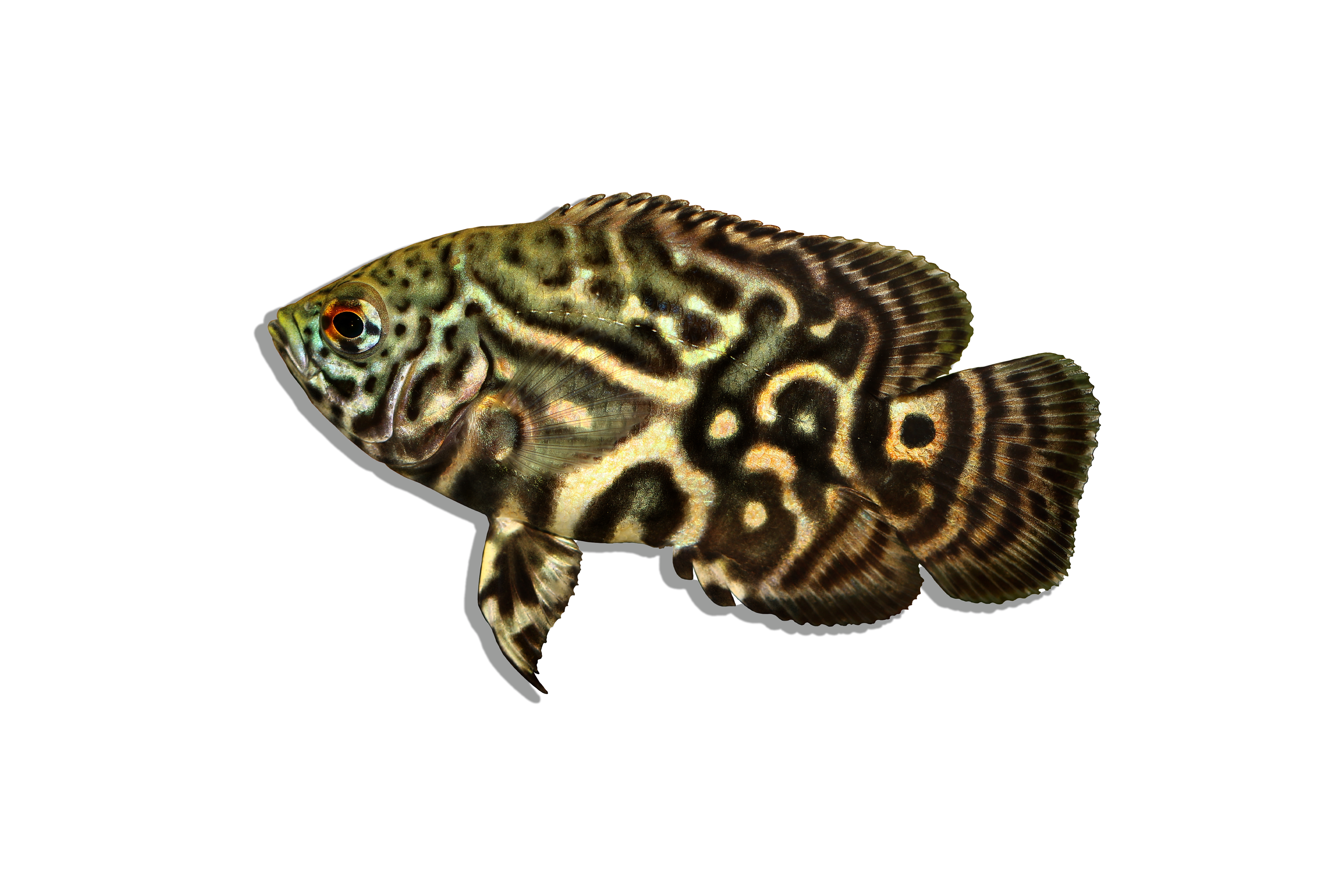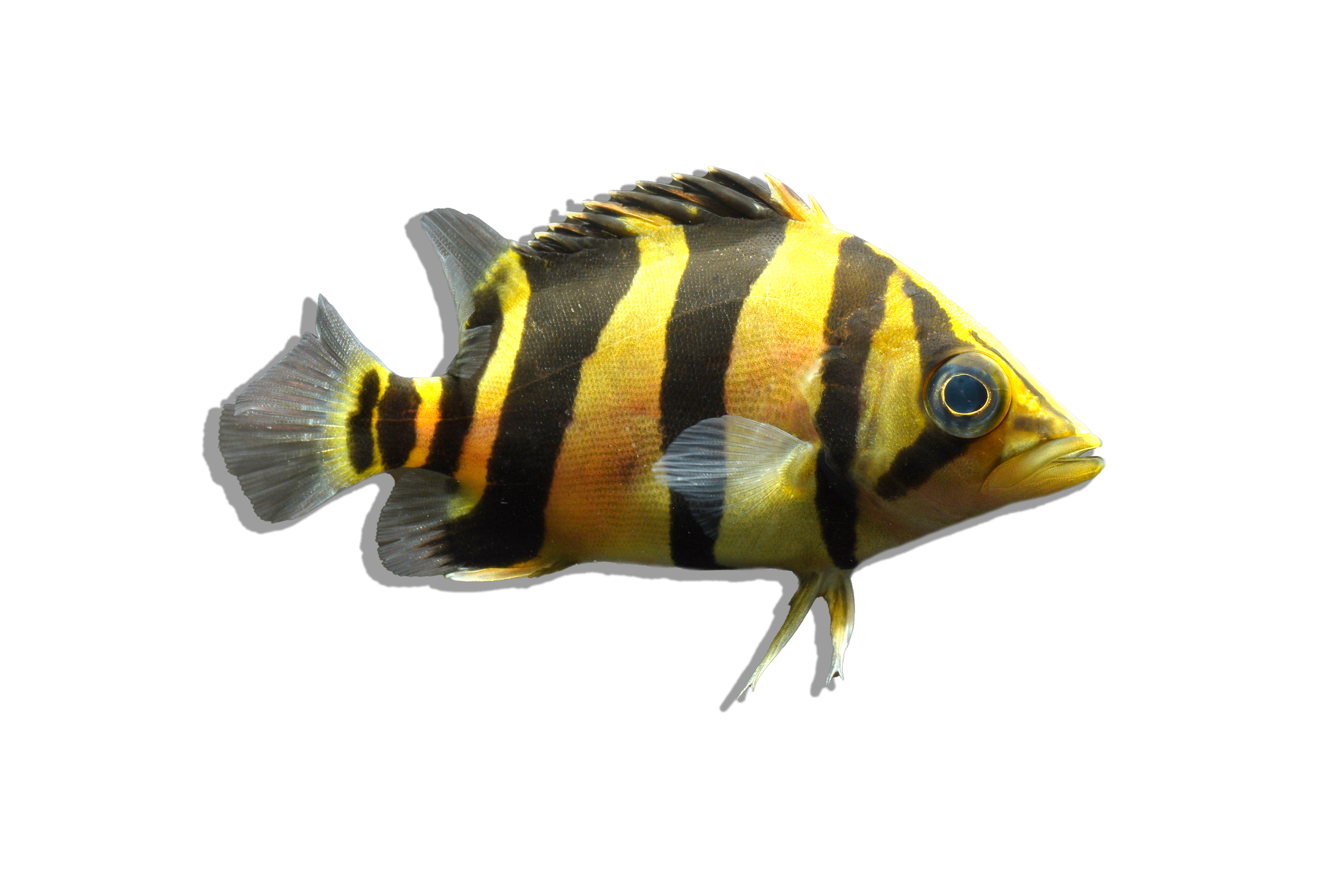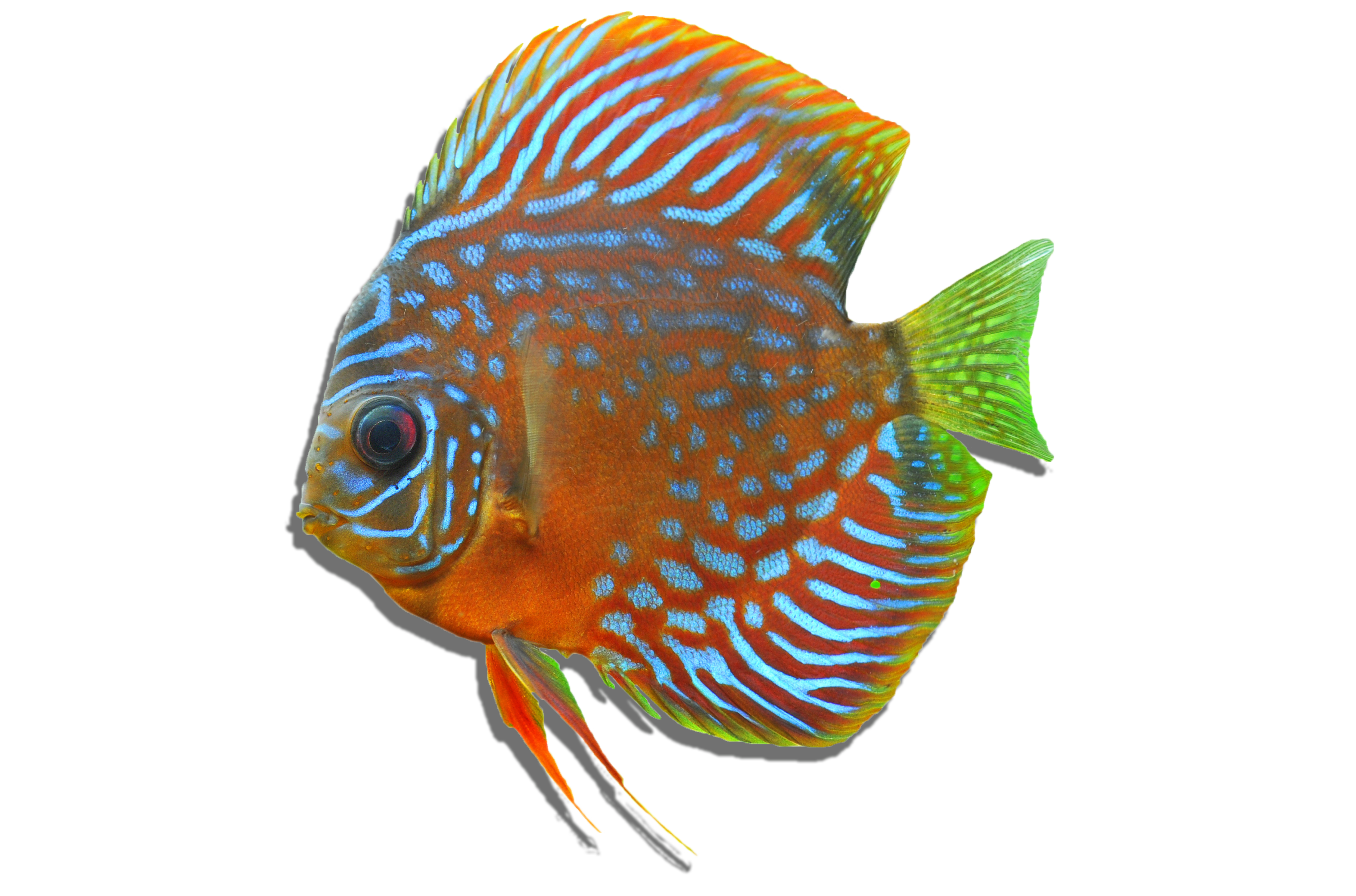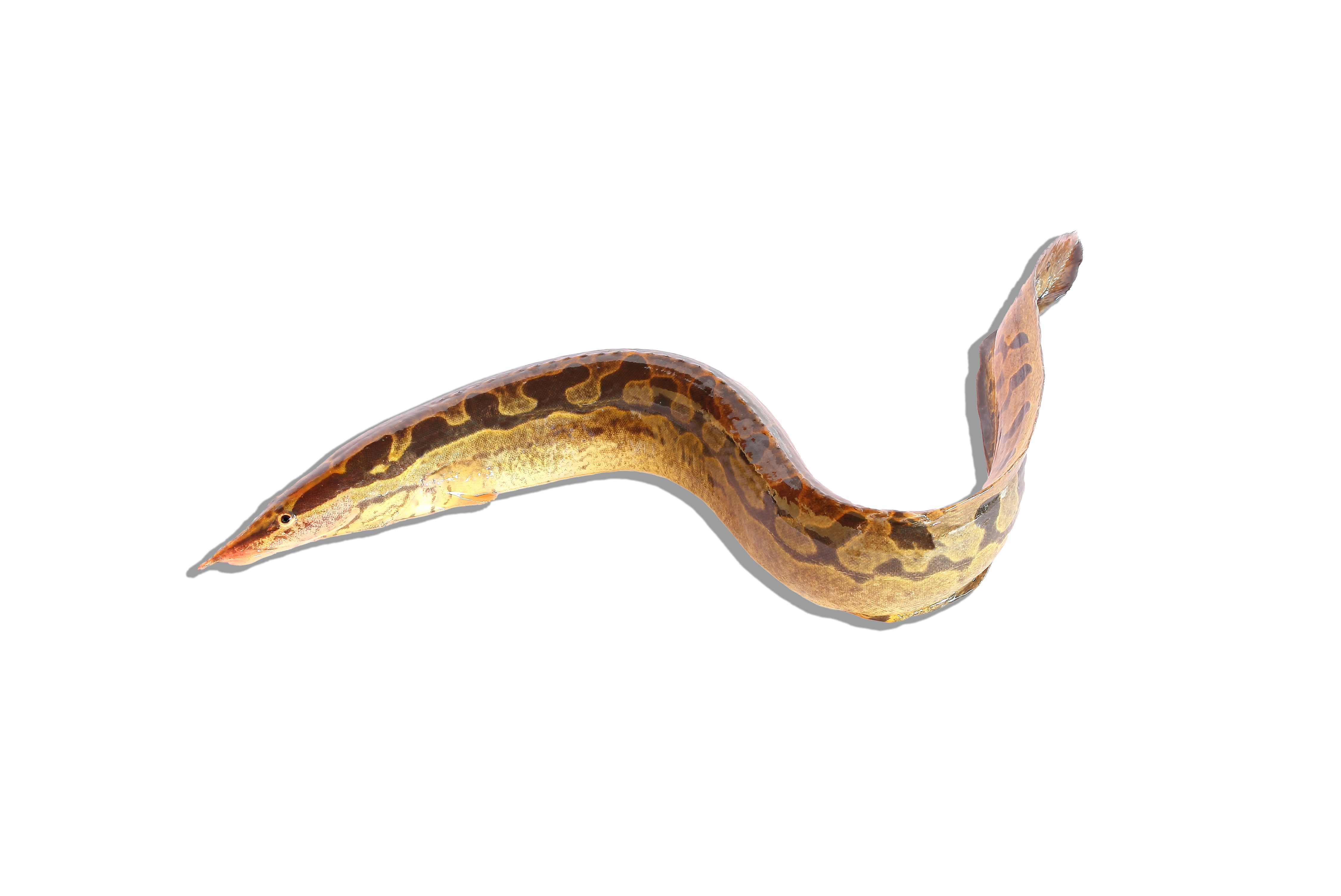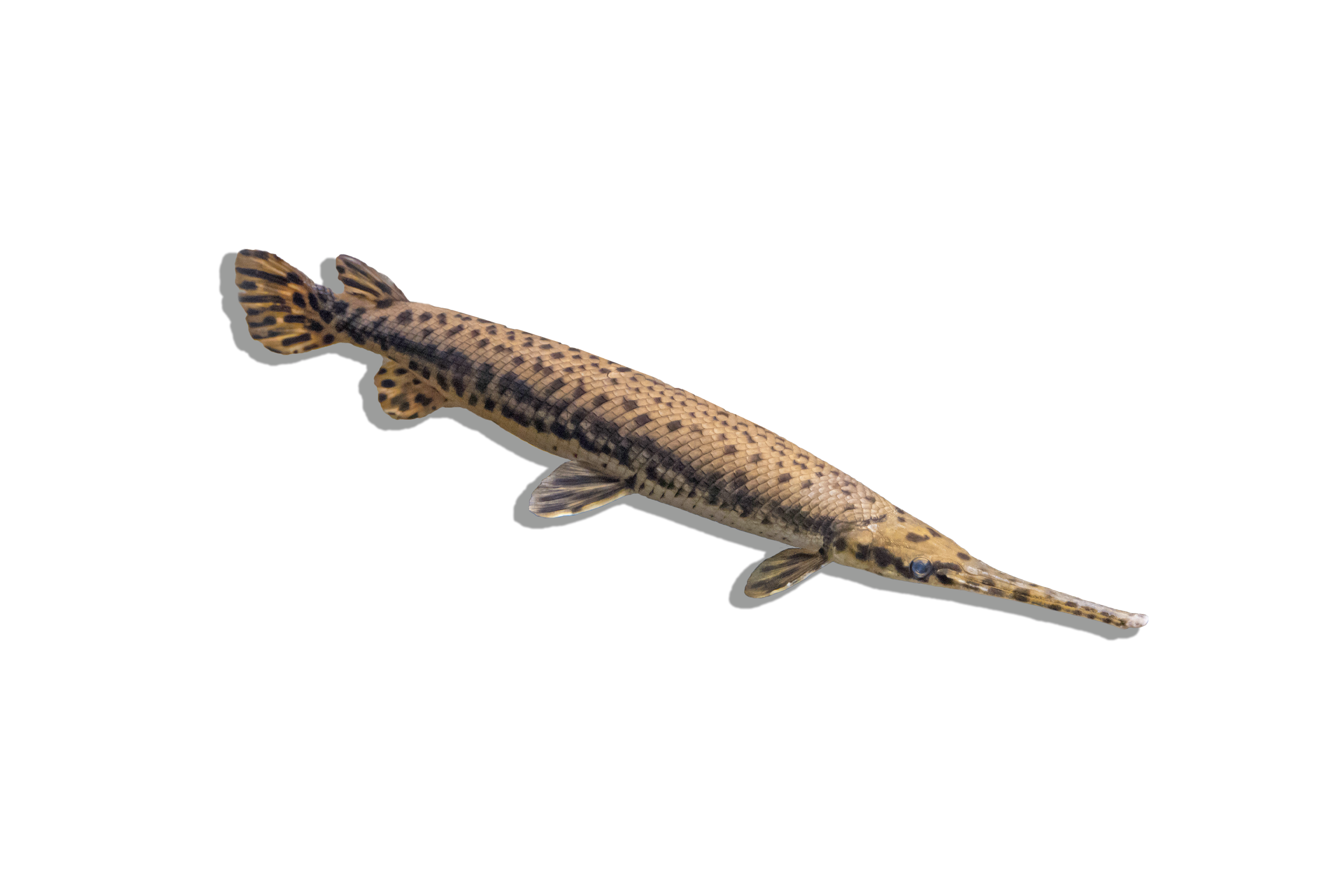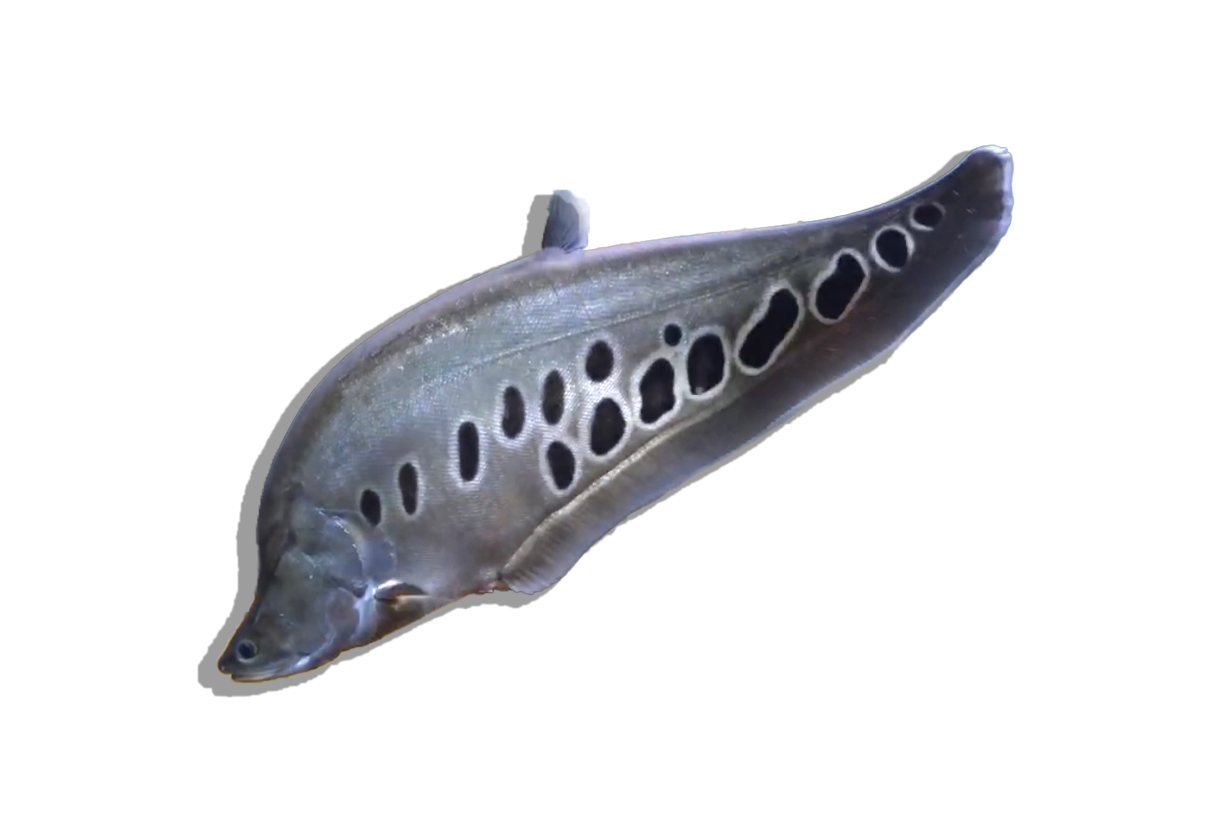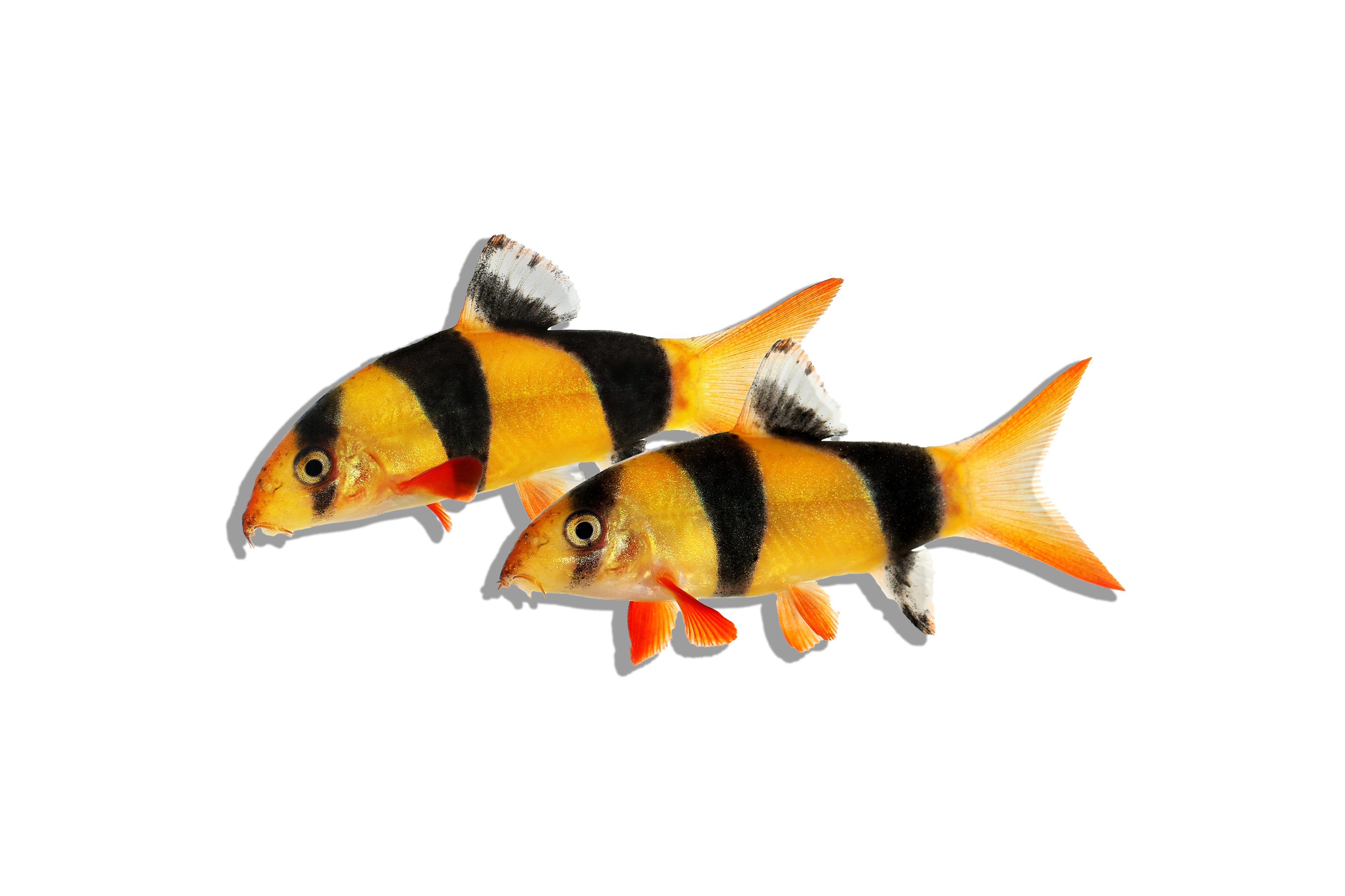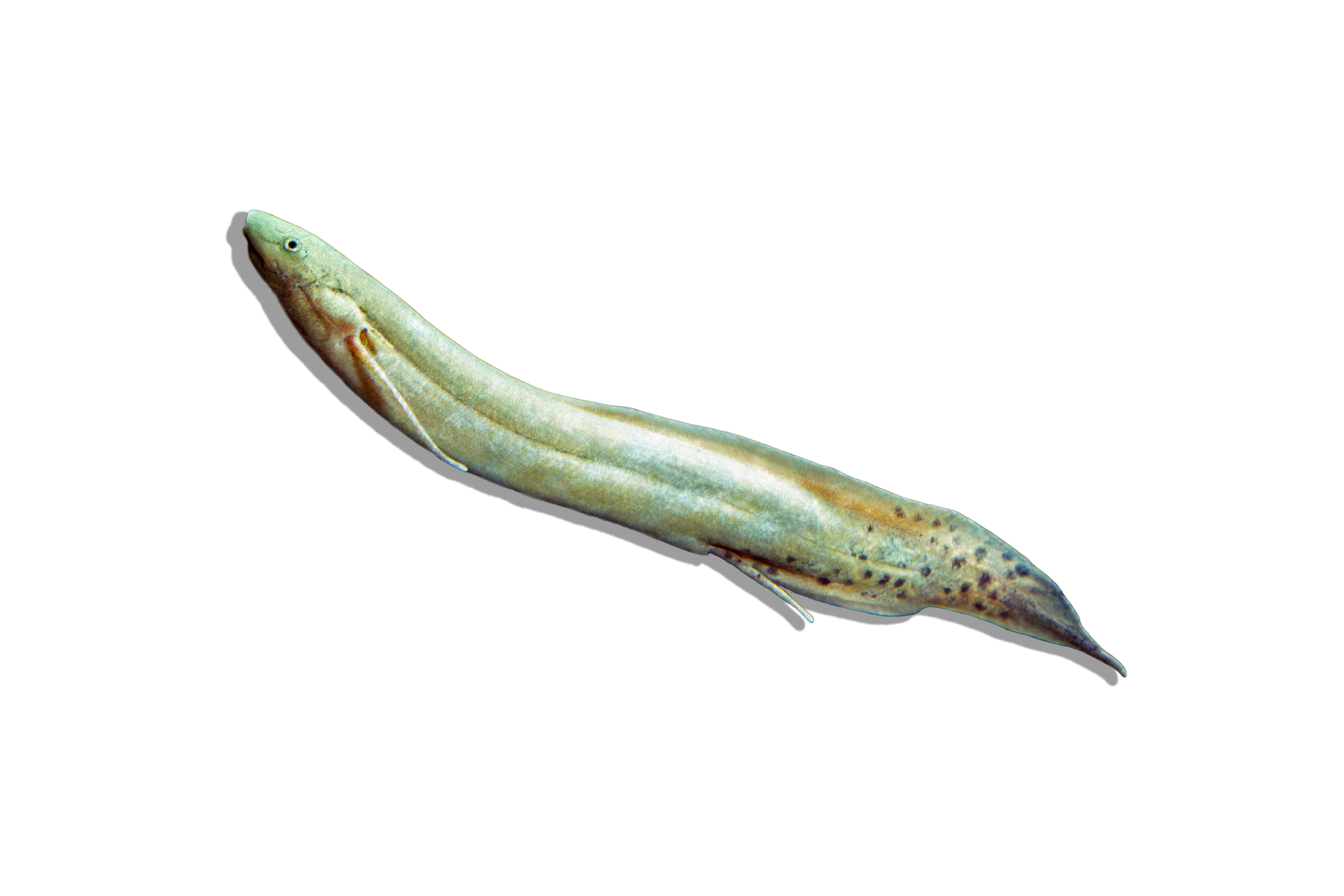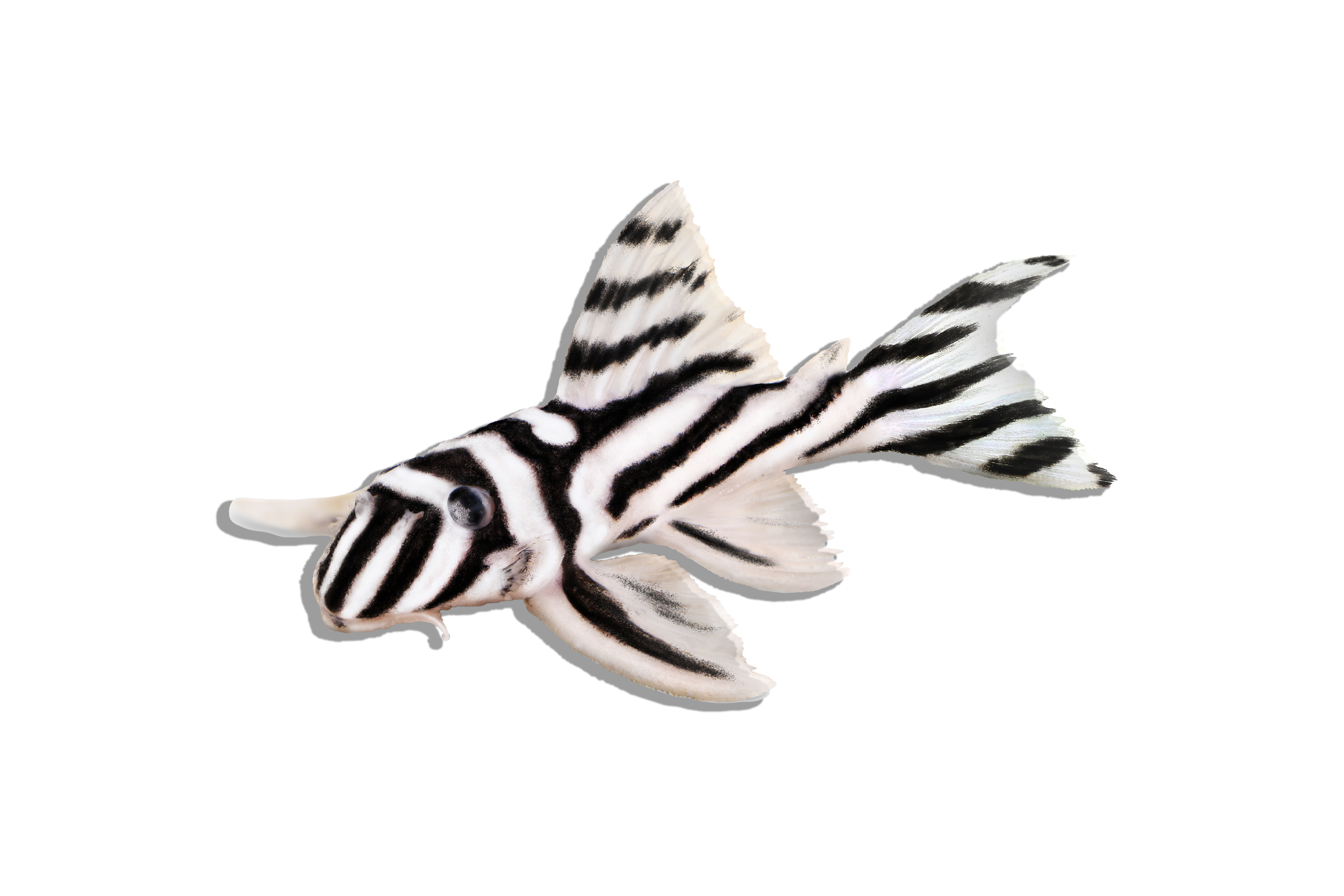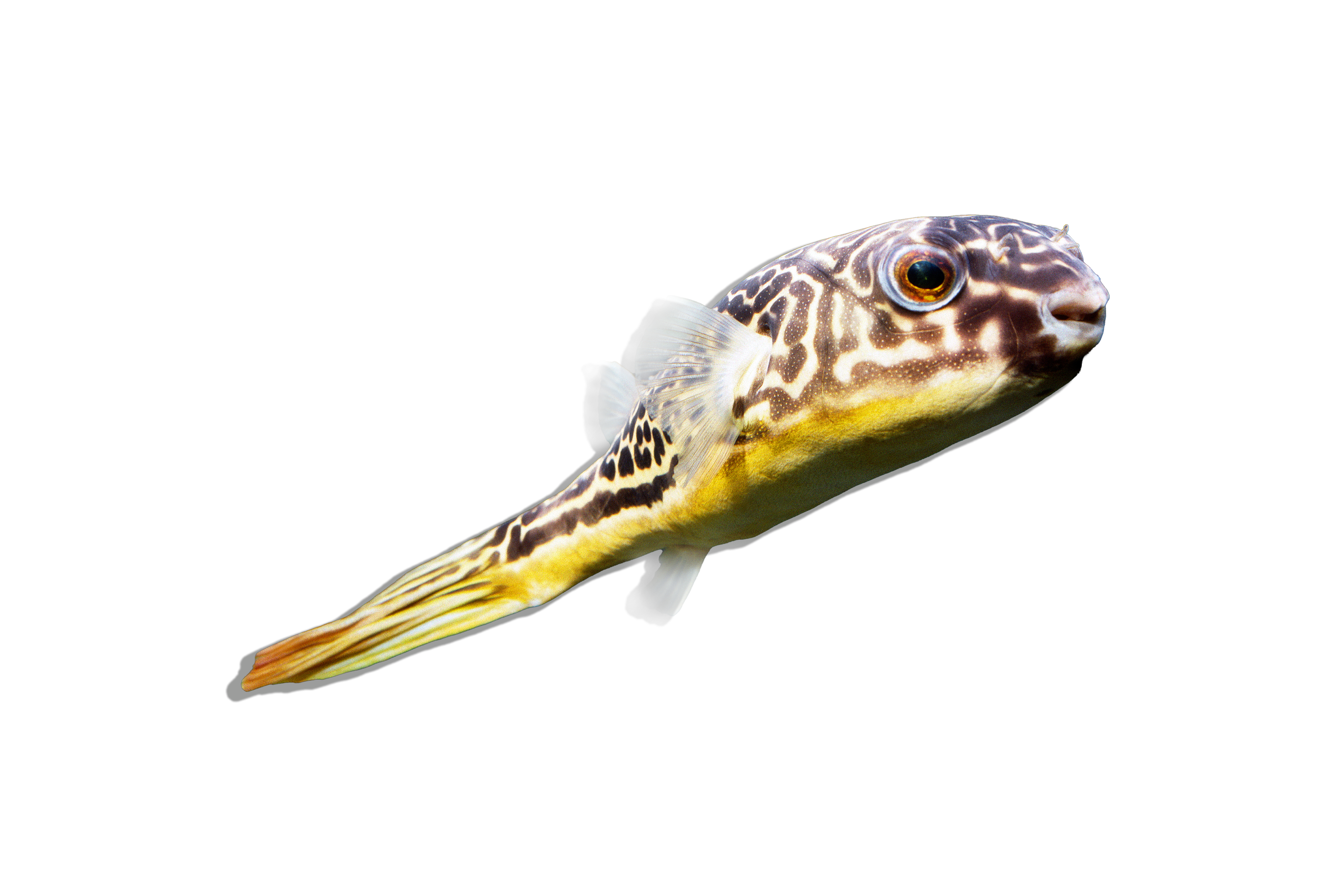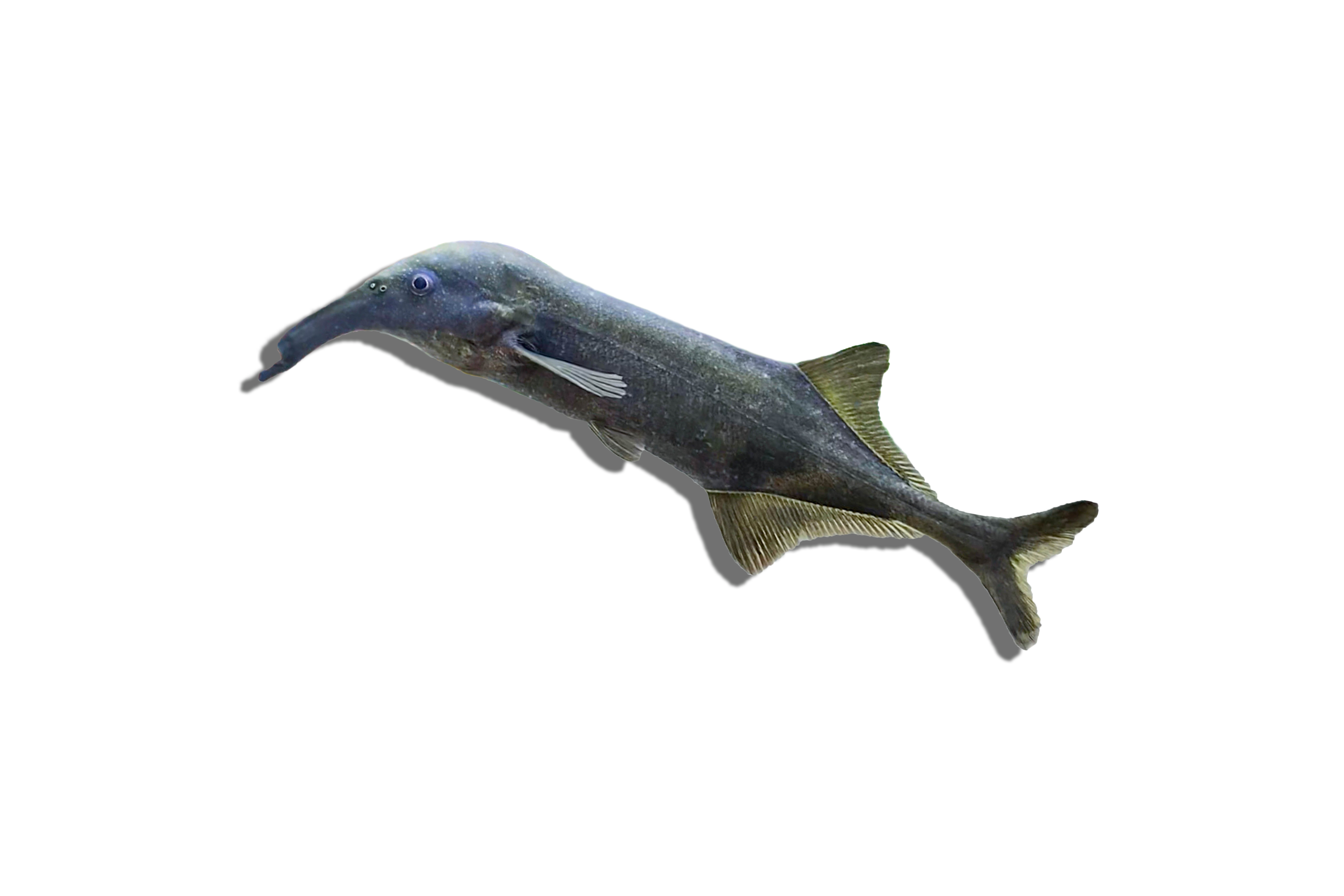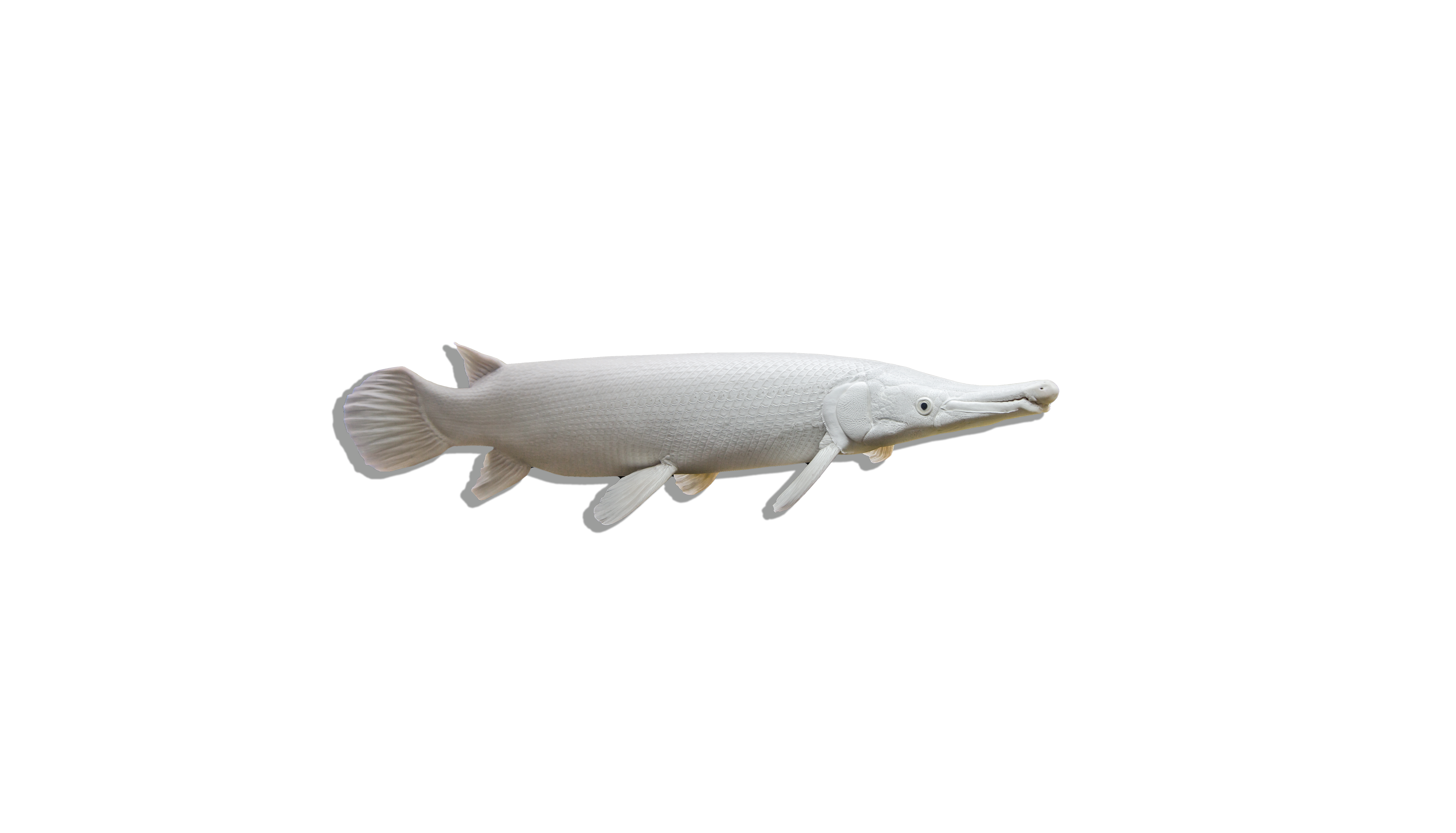Description
Common Name: Platinum Endlicheri Bichir
Scientific Name: Polypterus endlicheri
Other Names: Endlicher's Bichir, Saddled Bichir
The Platinum Endlicheri Bichir is a captivating and rare variety of the Endlicheri Bichir, known for its stunning platinum coloration. This variety has been selectively bred in captivity for its unique appearance. The Platinum Endlicheri Bichir retains the characteristic features of its natural counterpart, including an elongated body, multiple dorsal finlets, and a prehistoric appearance, but with an eye-catching metallic sheen that makes it stand out in any aquarium.
Habitat and Distribution: The Platinum Endlicheri Bichir is a man-made variety, selectively bred for its striking coloration. The natural variety, Polypterus endlicheri, is native to the freshwater systems of West and Central Africa, particularly in countries like Nigeria, Cameroon, and the Congo Basin. These fish inhabit slow-moving rivers, floodplains, and swamps with soft, muddy substrates and dense vegetation. The waters are typically warm and slightly acidic to neutral, with plenty of hiding spots and submerged structures.
Size and Lifespan: In captivity, Platinum Endlicheri Bichirs can grow up to 24 inches (60 cm) in length, although they typically reach around 18-20 inches (45-50 cm). Their lifespan can range from 15 to 20 years, depending on the quality of care and living conditions provided in the aquarium. Ensuring a proper diet, clean water, and adequate space are crucial for their health and longevity.
Diet and Behavior: Platinum Endlicheri Bichirs are carnivorous and have a diet that includes small fish, crustaceans, insects, and other meaty foods. In an aquarium, they should be fed a varied diet of high-quality carnivorous pellets, live or frozen foods such as bloodworms, brine shrimp, and chopped raw fish. These bichirs are nocturnal and more active during the night, often hiding during the day. They are generally peaceful but can be predatory towards smaller fish, so appropriate tank mates are essential.
Breeding and Reproduction: Breeding Platinum Endlicheri Bichirs in captivity can be challenging due to their specific environmental needs and behaviors. They are egg scatterers and require a large, well-planted tank with soft, slightly acidic water and stable conditions to encourage breeding. The female scatters her eggs among plants or substrate, and the male fertilizes them. There is no parental care for the eggs or fry, so a separate breeding tank or protective measures are necessary to prevent the eggs from being eaten by other fish.
Aquarium Care and Tank Requirements: To keep Platinum Endlicheri Bichirs, a large aquarium of at least 100 gallons is recommended to provide ample swimming space and accommodate their size. The tank should include plenty of hiding spots created with rocks, driftwood, and robust plants to mimic their natural habitat and reduce stress. A sandy or fine gravel substrate is ideal, along with moderate water flow to simulate river conditions. Efficient filtration and regular water changes are essential to maintain water quality. A tightly fitting lid is necessary to prevent escapes, as bichirs are known to be excellent jumpers.
Ideal Tank Mates: Platinum Endlicheri Bichirs can be kept with other large, peaceful fish that share similar water parameter requirements. Suitable tank mates include large cichlids, catfish, and other bichirs. It is important to avoid housing them with small fish, as they may be seen as prey.
Difficulty Level: Intermediate to Advanced. While they are hardy and adaptable, their specific dietary needs, nocturnal behavior, and large size require attentive care and a well-maintained aquarium.
Water Parameters:
- Temperature: 75-82°F (24-28°C)
- pH: 6.5-7.5
- General Hardness (GH): 5-20 dGH
- Carbonate Hardness (KH): 4-8 dKH
- Ammonia: 0 ppm (ideal), up to 0.25 ppm (max)
- Nitrite: 0 ppm (ideal), up to 0.25 ppm (max)
- Nitrate: <20 ppm (ideal), up to 40 ppm (max)
Additional Information:
- The Platinum Endlicheri Bichir's ability to breathe atmospheric air allows it to survive in low-oxygen environments, making it a resilient species in various conditions.
- These fish have a slow growth rate, so patience is required when raising juveniles.
- Fun fact: The bichir’s primitive lungs are a throwback to ancient fish species, providing a fascinating glimpse into the evolutionary history of fish.
- In some African cultures, bichirs are considered a delicacy and are sometimes caught for food. However, they are more commonly appreciated as unique and interesting aquarium inhabitants.

